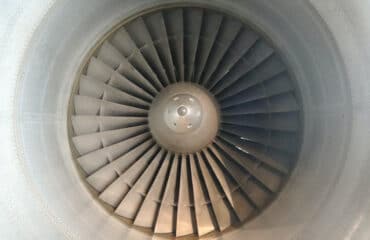Operators who are exposed to high levels of whole-body vibration (WBV) face health and safety issues, and it has been claimed that it may aggravate or even cause back ailments. Work activities that expose the operator to whole-body vibration are typical in off-road jobs like farming.
Despite the enormous range of agricultural surface profiles, investigations have demonstrated that the accelerations caused by ground input exhibit comparable spectral characteristics as the soil profile and tractor speed change.
While such studies confirmed that tractor WBV emission levels are highly dependent on the nature of the operation, they also led researchers to develop a feasible and realistic simplification and standardisation of tractor driver comfort testing activities, despite the wide range of conditions that characterise agricultural operations. The findings might be used to evaluate tractors in the same category or a single tractor with varied seats, suspension, tyres, and other features.
Research author Nathan Fethke, associate professor of occupational and environmental health at the school’s College of Public Health, stated, “Exposure to whole-body vibration is a primary occupational risk factor for back pain, which is frequent among agricultural workers.”
“Spending long hours operating machines may increase the frequency of back pain episodes, and medical bills can be fairly costly if the pain is severe or develops chronic problems.”

Combines had the lowest average vibration exposure level among the equipment, whereas tractors and large utility vehicles had values that were around twice as high as the combines.
The lower levels are attributed to the combines’ bulk and high-quality seat suspension systems, according to the researchers. In fact, the vibration levels detected by the floor sensors were decreased by up to half when combined chairs were used.
Researchers propose that agricultural workers inspect seat suspension systems on a regular basis to verify that they are lubricated, functional, and set for the operator’s body weight.
The experts recommend replacing a seat if it continues to “bottom out” despite routine maintenance and body-weight adjustments.
Back pain and discomfort are also caused by poor body posture in the driver’s seat.
Combines had the best trunk postures among the employees when compared to the other equipment evaluated.
Spending long hours operating machines may increase the frequency of back pain episodes, and medical bills can be fairly costly if the pain is severe or develops chronic problems.
Nathan Fethke
Mechanical vibration-related risks must be avoided or reduced to a bare minimum, taking into account technological advancements and the availability of methods that allow for risk management at the source.
The prevention of such dangers must be based on broad preventative concepts.
Employers shall create and execute a programme of technical and/or organisational measures targeted at limiting exposure to mechanical vibration and associated hazards to a minimum, based on the risk assessment, if the exposure action value is exceeded.
They must, in particular, consider: other working methods that require less exposure to mechanical vibration; the selection of appropriate work equipment with an appropriate ergonomic design and, in line with the work to be done, producing the least possible vibration; the provision of auxiliary equipment that reduces the risk of injuries caused by vibration, such as seats that effectively reduce whole-body vibration and handles that reduce vibration transmitted to the hands; and the provision of auxiliary equipment that reduces the risk of injuries caused by vibration, such as seats that effectively reduce whole-body vibration.
A Good suspension system can save medical costs and even life of farmers
Pete Johnson, PhD




